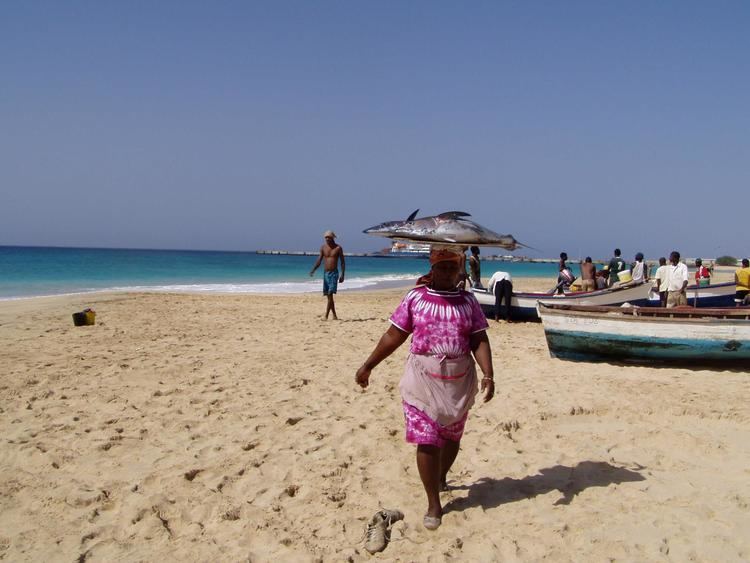Width 25 km (15.5 mi) Area 269 km² | Length 31 km (19.3 mi) Highest elevation 436 m (1,430 ft) Concelhos (Municipalities) Maio Population 8,303 (2010) Largest city Cidade do Maio | |
 | ||
Island groups Sotavento Islands, Cape Verde archipelago | ||
Maio cape verde custom built island homes video 4
Maio (in Cape Verdean Creole: Dja r’ Mai) is the easternmost of the Sotavento islands of Cape Verde. Maio is located south of the island of Boa Vista and east of Santiago. The island is known for its sandy beaches and large forest, which is unusual for Cape Verde. Administratively, the island forms one concelho (municipality): Maio.
Contents
- Maio cape verde custom built island homes video 4
- Map of Maio Cape Verde
- HistoryEdit
- GeographyEdit
- PopulationEdit
- EconomyEdit
- SportsEdit
- Notable peopleEdit
- References
Map of Maio, Cape Verde
HistoryEdit
The island was named Maio (Portuguese for "May") after its first sighting on May 1, 1460. The island was populated years later.
The inconclusive Battle of Maio was fought between British and French frigate squadrons off the island's southern coast on 23 January 1814 in the last stages of the Napoleonic Wars.
In the mid-18th century, salt was mined, the English used Vila do Maio to export its salt from its salt mines of the northwest to England and the Portuguese used Calheta to export its salt from Terras Salgadas to Portugal.
USS Yorktown was making its way to visit the nearby island of Santiago and some other African places, it visited Maio on September 4, instead, it sunk around the island on September 6 making it one of the first American ships and likely its first sloop to sink in Cape Verdean waters and Maio island. The crew stayed for over a month until October 8 when the USS Dale arrived to pick up the crew and they were transferred to the Portsmouth.
Drought and famine like the rest of the country also stricken Maio in the late 19th and the early and mid 20th centuries. Maio in its recent decades saw growth that the population is nearly 10,000 today.
GeographyEdit
The island covers an area of 269 km². The tallest mountain on the island (436 m) is on the east coast, in a mountain range named Monte Penoso. Terras Salgadas is a plain filled with salt, in the far north. The northernmost point on the island is Ponta Cais. Bays includes Galeão and Santana to the north. The island’s main town is Vila do Maio, also known as Porto Inglês, near which its airport, Maio Airport lies.
Others places are:
PopulationEdit
As of 1832, the population was estimated at 2,500.
Most people in Maio are Roman Catholic.
EconomyEdit
The island prospered around salt collecting in its early days of colonialism, with a little agriculture and grazing.
There are two types of agriculture practiced in Maio, rain fed and irrigated. During the raining season products as corn, beans, pumpkins and melons are being cultivated. Products that farmers cultivate year round are sweet potato, cassava, papaya, fig, coconut and tamarind. Goats, cows, pigs, chickens and donkeys are common on the island. Few people own a horse. Scarcity of water is the biggest problem for the locals.
Fishery is important and abundant available. Tuna, sailfish and different coral fishes such as the coral hind are caught.
The economy is heavily supported by migrants who send money to their family on the island.
Tourism is slowly being developed.
SportsEdit
Football is by far the most popular sport, but basketball and futsal along with water sports as surfing, diving and swimming are becoming more popular.
